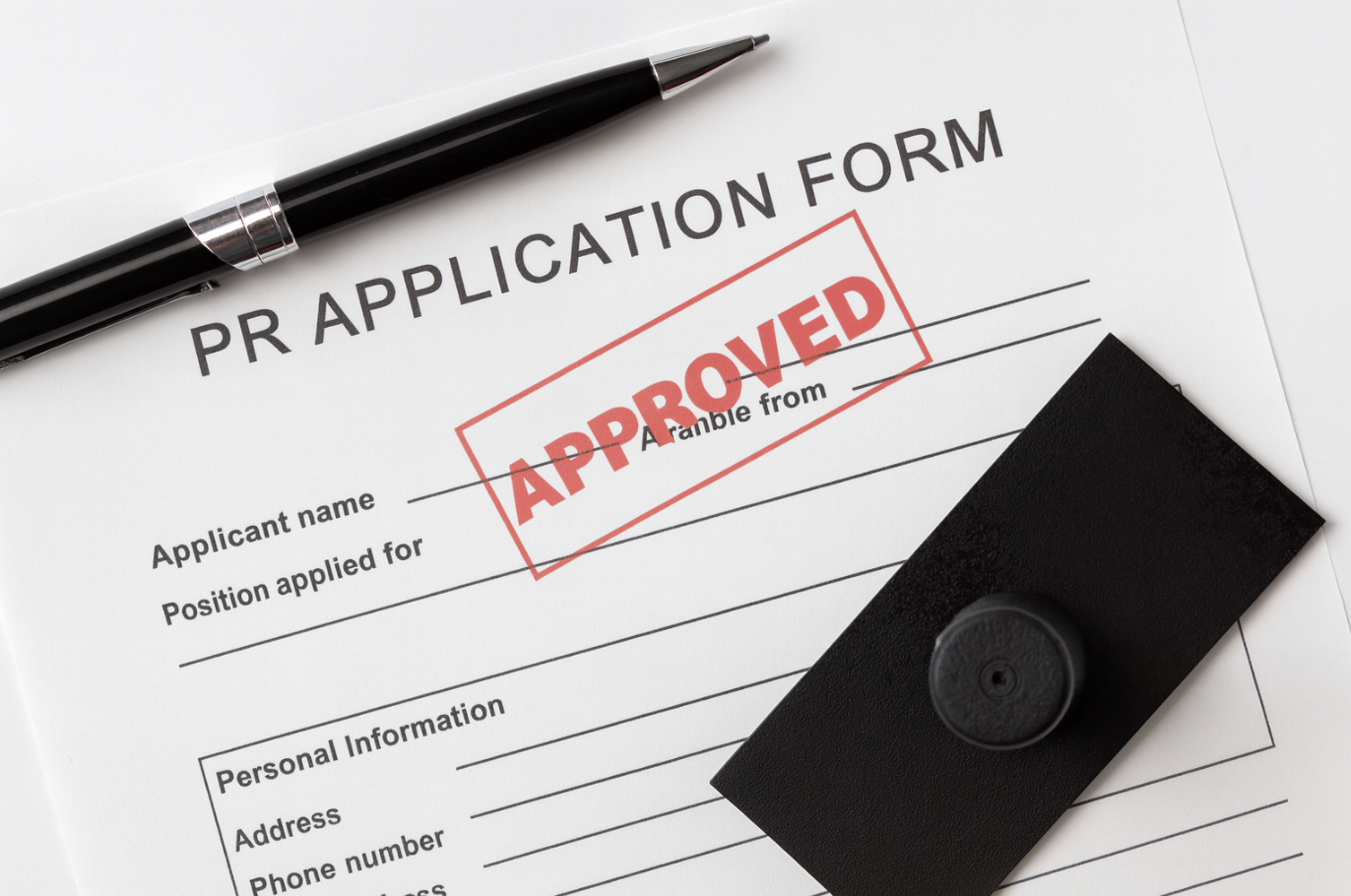Browse through our library of informative resources to stay informed and inspired


The most crucial first steps after getting your Singapore PR approval are to complete the in-person PR formalities at the ICA building, register for your National Registration Identity Card (NRIC), and understand your new obligations and benefits, particularly regarding the Central Provident Fund (CPF). This involves a medical check-up, document submission, and biometric enrolment within the first 60 days of your In-Principle Approval (IPA) letter.
Receiving your PR status is a major milestone, but the journey doesn’t end with the approval. This guide provides a complete checklist to help you navigate the essential administrative, financial, and social steps of your first year, ensuring a confident and seamless transition into your new life in Singapore.
Your IPA letter is your golden ticket, but it comes with a deadline. You typically have two months to complete the formalities. Here’s your step-by-step action plan.
Step 1: Download Your In-Principle Approval (IPA) Letter
Step 2: Complete Your Medical Check-Up
Step 3: Understand Your Health Insurance (MediShield Life)
Step 4: Prepare a Digital Passport-Sized Photo
Step 5: Upload Documents and Pay Fees Online
Step 6: Finalise Formalities and Collect Your NRIC

As a new PR, you are now part of Singapore’s comprehensive social security system, the Central Provident Fund (CPF). Your employer is required to make monthly contributions to your CPF account, as will you.
Your CPF account is divided into three parts:
To help you and your employer adjust, you contribute at a lower rate for the first two years of your PR status. For the first year, your contribution rate is 5% and your employer’s is 4%. These rates gradually increase to the full rate (20% from you, 17% from your employer) by the third year.
Your new status grants you access to world-class public services at subsidised rates, a significant benefit compared to being a foreigner.
As a PR, you are now eligible for government subsidies at public hospitals and polyclinics. You will also be automatically enrolled in MediShield Life, a basic national health insurance plan that helps pay for large hospital bills and certain outpatient treatments. Premiums for MediShield Life can be paid from your MediSave account.
If you have children, they can now attend Singapore’s public school system at a much lower rate than non-PR foreigners. While Singapore Citizens pay the lowest fees, PR rates are the next most affordable. For example, monthly primary school fees for a PR are around $280, compared to over $900 for an international student.
Permanent Residency grants you many of the same rights as a citizen, but there are key differences and crucial responsibilities to be aware of.
Live and Work in Singapore: You can live, enter, and leave Singapore without needing separate visas. You are free to change jobs without reapplying for a work pass.
Own Property: You can purchase resale public housing (HDB flats) and private property. However, you cannot buy new, subsidised HDB flats directly from the government.
Start a Business: You have more flexibility in registering and running a business compared to foreigners on work passes.
National Service (NS): This is a critical point. Male children who are granted PR status as part of their parents’ application are required to register for National Service when they turn 16.5 years old and serve for two years upon reaching 18. Failure to do so will have severe consequences on any future applications to work, study, or live in Singapore.
Your PR status makes your financial life much easier.
Banking: Opening a bank account is straightforward with your NRIC.
Home Loans: You are now eligible to apply for home loans from local banks with more favourable interest rates and loan-to-value ratios compared to foreigners.
Building Credit History: Start building a good credit score immediately. Timely payment of bills and responsible use of a credit card will be crucial for securing future loans for a car or home. Your credit history from your home country does not carry over.

Your PR status is not indefinite; it needs to be maintained.
Your REP allows you to leave Singapore and re-enter as a PR. It is typically issued for five years. It is crucial to renew it on time. To ensure a smooth renewal, you should be employed and have made regular CPF contributions, demonstrating your continued ties to Singapore. If your REP expires while you are outside Singapore, you may lose your PR status.
After being a PR for at least two years, you are eligible to apply for Singapore Citizenship. This is the final step for many in the journey of becoming a PR in Singapore, turning it into a permanent home. The application is a comprehensive process where authorities will assess your social and economic contributions, family ties, and overall integration into Singaporean society.
Beyond the paperwork, the first year is about making Singapore your home.
Explore Your Neighbourhood: Get to know your local community, from hawker centres to parks.
Join Community Groups: Connect with locals and other expatriates through groups at your local Community Club (CC) or on social media platforms.
Understand Local Etiquette: Familiarise yourself with social norms, such as queuing, reserving tables at hawker centres with a tissue packet (“chope-ing”), and the multilingual nature of daily conversations.
The journey of becoming a PR in Singapore is complex, from the initial application to settling in during your first year. Ensuring every form is correct and every deadline is met is crucial for a smooth transition.
Whether you are just starting your singapore pr application or navigating your first year as a new resident, our team of experienced specialists can make all the difference. We handle the complexities so you can focus on building your new life.
Contact Us Today for a Consultation and Let Us Secure Your Future in Singapore!
Please share with us some details about your needs, we will get back to you.